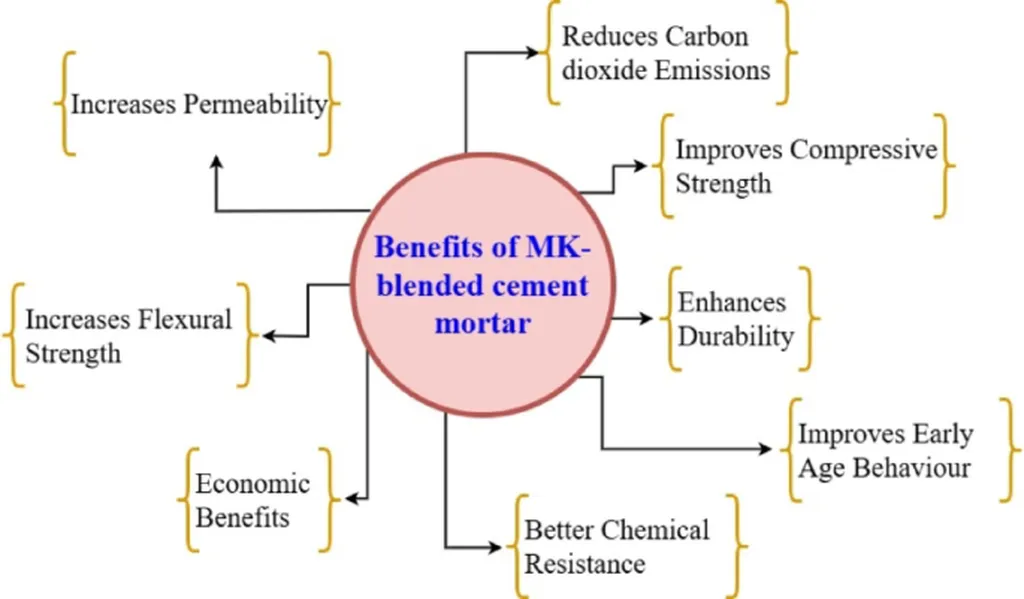In the quest for sustainable construction materials, a groundbreaking study published in *Discover Civil Engineering* (translated from Arabic as “Exploring Civil Engineering”) sheds light on geopolymer concrete (GPC), a promising alternative to traditional Portland cement concrete (PCC). Led by Mohammad Ali Khasawneh of the Civil Engineering Department at Prince Mohammad Bin Fahd University, the research highlights GPC’s potential to revolutionize the construction industry by significantly reducing environmental impact while maintaining high performance.
Geopolymer concrete is gaining traction as a sustainable and high-performance material, offering substantial environmental and engineering benefits. According to Khasawneh’s research, GPC can achieve compressive strengths exceeding 80 MPa, making it a robust choice for various construction applications. “The material’s excellent resistance to acid and sulfate attack, along with its ability to retain over 90% of its strength at temperatures up to 800°C, makes it a game-changer for industries requiring durable and resilient structures,” Khasawneh explains.
One of the most compelling aspects of GPC is its environmental footprint. The study reveals that GPC can reduce CO₂ emissions by 40–80% compared to traditional PCC. This reduction is primarily due to the use of industrial by-products like fly ash and slag, which not only minimizes waste but also lowers energy consumption. “By utilizing these by-products, we are not only reducing the demand for natural resources but also contributing to a circular economy,” Khasawneh notes.
The economic implications of GPC are equally significant. Lifecycle assessments show that GPC is cost-effective over the long term, with material reuse rates reaching up to 70%. This sustainability not only benefits the environment but also offers financial advantages for construction projects. “The initial investment in GPC may be higher, but the long-term savings in maintenance and material costs make it a viable option for forward-thinking construction firms,” Khasawneh adds.
Despite its advantages, GPC faces challenges such as material variability, limited standardization, and curing sensitivity. However, recent innovations are addressing these issues. The integration of nanomaterials, hybrid binder systems, self-healing mechanisms, and 3D printing technologies are enhancing GPC’s performance and expanding its applications. “These advancements are paving the way for GPC to become a mainstream construction material,” Khasawneh says.
The research published in *Discover Civil Engineering* underscores the potential of GPC to transform sustainable construction practices. As the construction industry continues to seek eco-friendly and cost-effective solutions, GPC stands out as a promising alternative. With continued research and regulatory support, GPC could play a pivotal role in shaping the future of construction, offering a sustainable and high-performance solution for the energy sector and beyond.

